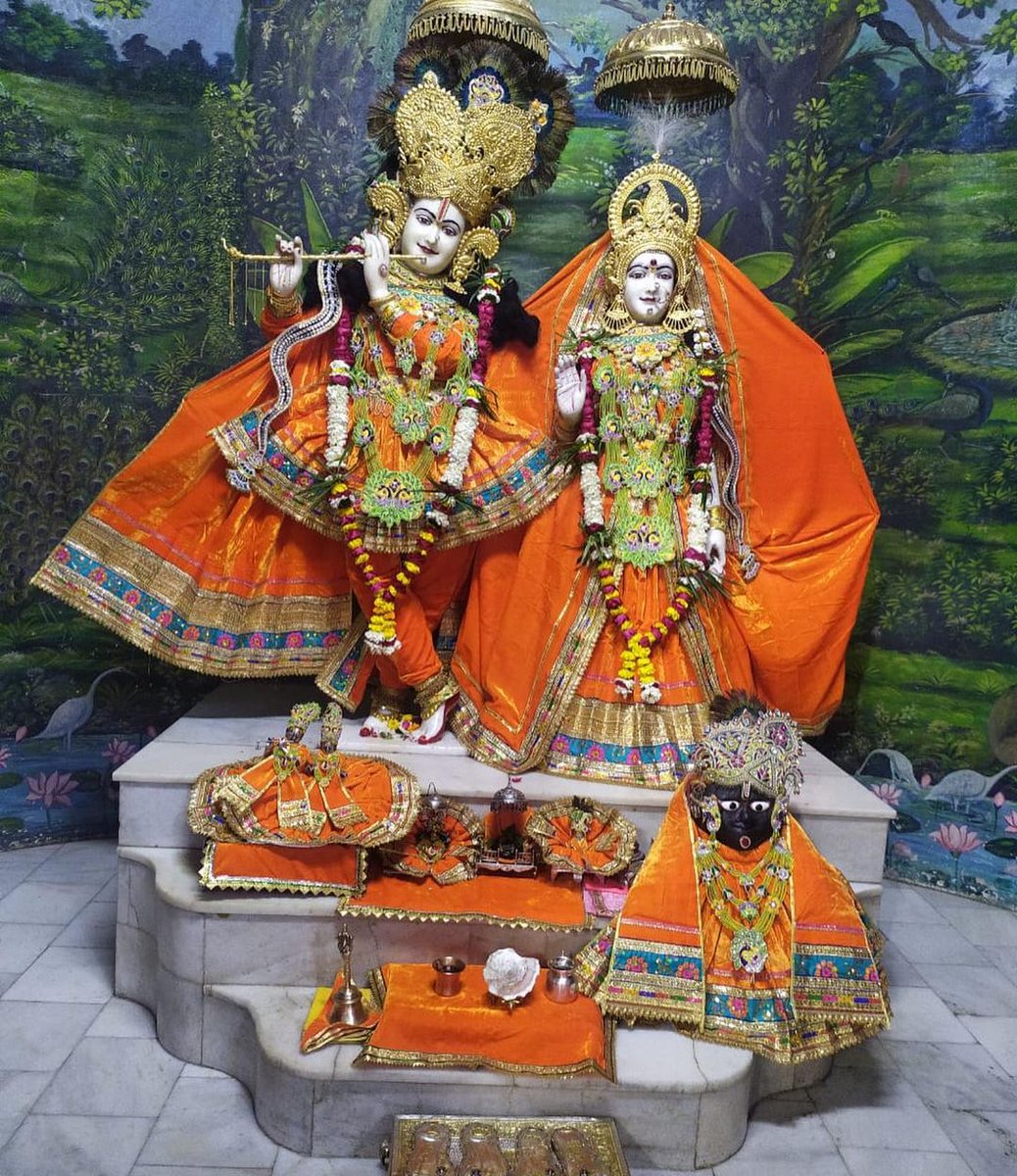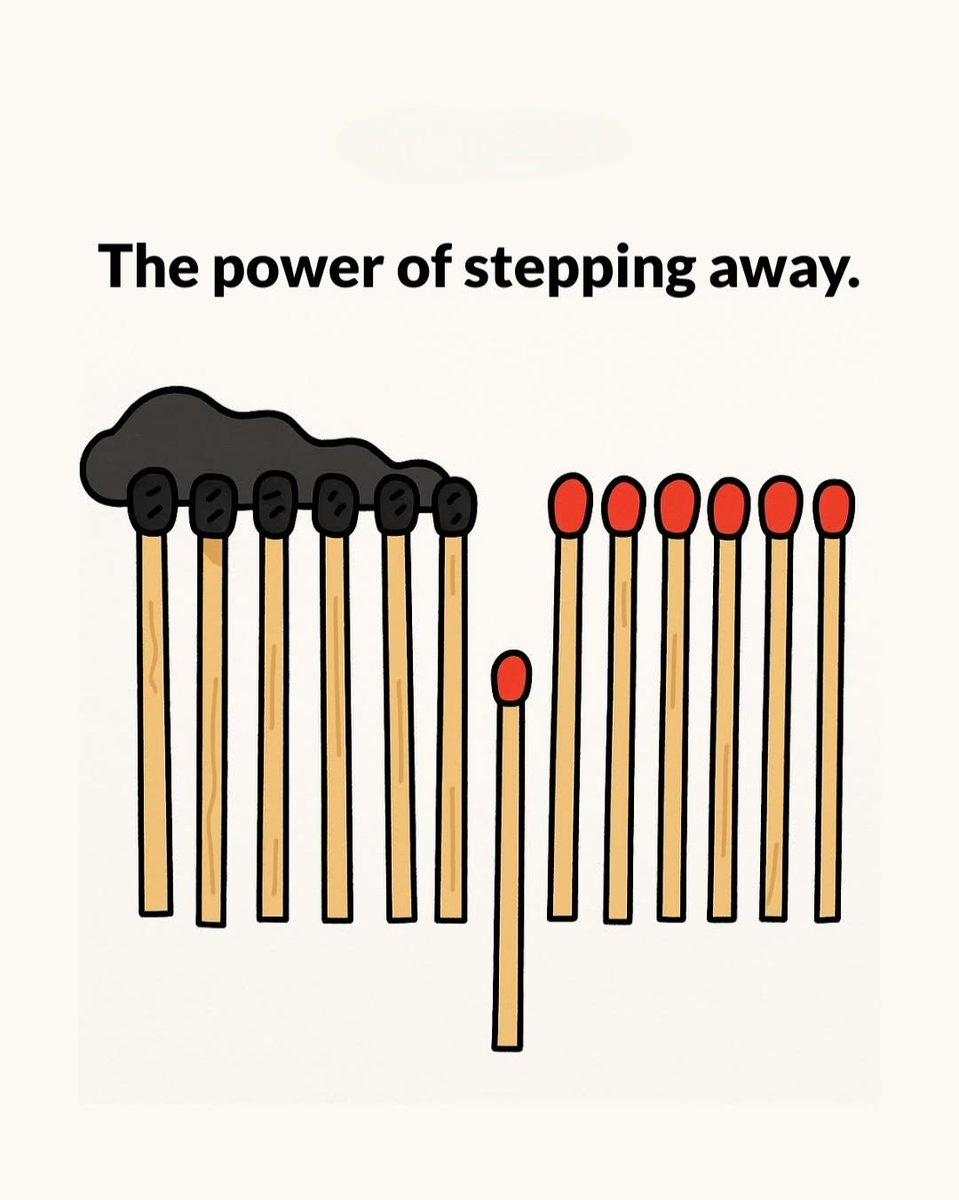The char Dhams are Badrinath, Dwarka, Puri & Rameswaram. It is believed that every Hindu should visit the Char Dhams during one's lifetime. The Char Dham as defined by Adi Shankaracharya consists of four #Hindu pilgrimage sites. 

1. Shri Badrinath Dham
Badrinath #Uttarakhand
It is also 1 of the 108 Divya Desams dedicated to Vishnu ji who is worshipped as #Badrinath It is open for 6 months every year between the end of April & the beginning of Nov because of extreme weather conditions in the region.
Badrinath #Uttarakhand
It is also 1 of the 108 Divya Desams dedicated to Vishnu ji who is worshipped as #Badrinath It is open for 6 months every year between the end of April & the beginning of Nov because of extreme weather conditions in the region.

2.Shree Dwarka dham
Dwarka, #Gujarat
It is dedicated to Bhagwaan
Shri Krishna, who is worshiped here by the name Dwarkadhish.
Dwarka got its importance in the Dvapara Yuga when shri Krishna made Dwarka His residence instead of Mathura, His birthplace.
Dwarka, #Gujarat
It is dedicated to Bhagwaan
Shri Krishna, who is worshiped here by the name Dwarkadhish.
Dwarka got its importance in the Dvapara Yuga when shri Krishna made Dwarka His residence instead of Mathura, His birthplace.

3. Shri Puri Dham
Puri #Odisha
It is dedicated to shri Jagannath ji (his Avtar for Kali Yuga)
who worshiped here along with his brother Balabhadra ji & devi Subhadra.
The image of bhagwaan is made of wood & is ceremoniously replaced every 12 or 19 years by an exact replica.
Puri #Odisha
It is dedicated to shri Jagannath ji (his Avtar for Kali Yuga)
who worshiped here along with his brother Balabhadra ji & devi Subhadra.
The image of bhagwaan is made of wood & is ceremoniously replaced every 12 or 19 years by an exact replica.

4. Shri Rameswaram dham
Rameshwaram #TamilNadu
Rameswaram, got its importance in the Treta Yuga when shri Ram built a Shiva-Lingam here & worshiped it to get the blessings of Mahadev. The name Rameswaram means "God of Ram".
Rameshwaram #TamilNadu
Rameswaram, got its importance in the Treta Yuga when shri Ram built a Shiva-Lingam here & worshiped it to get the blessings of Mahadev. The name Rameswaram means "God of Ram".

All the 'dhams' are related to four epochs,(1) Dham of Satyug- Badrinath, Uttarakhand (2) Dham of Tretayug -Rameshwaram, Tamil Nadu (3) Dham of Dwaperyug - #Dwarika Gujarat (4) Dham of Kaliyug - Jaganath Puri, Odisha.
#longthread
📸plz tag
#longthread
📸plz tag

• • •
Missing some Tweet in this thread? You can try to
force a refresh















